Blooming sunflower fields make for stunning photo ops.
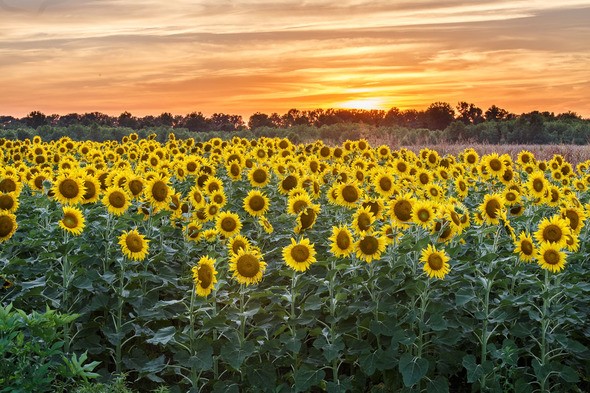
Missouri is rich in these natural backdrops, from Ozark bluffs and scenic rivers to prairie landscapes and forest wildflowers.
Here are some tips to make the most of your nature photos.
Besides focus, finding the right lighting is essential. There are golden hours around sunrise and sunset that offer softer light and color boosts. Mid-day sun often creates harsher light and starker contrasts.
Having the sunlight at the photographer's back offers the best foreground exposure. But if you are looking for a halo effect or silhouette, then you will want to position the light at your subject's back. Positioning the light just off your back and to the side can help prevent people from squinting in direct sunlight.
Look for interesting angles to shoot from and keep your subjects off center for more dynamic photos. And when shooting wildlife, slow and steady wins the shot.
Discover more with MDC Photographer David Stonner in our Nature Boost podcast episode on Nature Photography.
Plan your next trip, and experiment with photo ops in Missouri’s scenic landscapes.
Here are a few more tips to get the most Instagrammable nature pics.
- How you place your subject in the frame can make or break a photo. Pretend your camera frame is divided into thirds like a tic-tac-toe grid. Place your subject where the horizontal and vertical lines cross.
- Usually it’s more interesting to give a plant or animal room to roam. Try placing it off to one side. This also helps show a bit of the habitat where it lives.
- Don’t shoot everything from your perspective. Get eye-to-eye with your subject — even if it doesn’t have eyes.
- Pay attention to what’s behind your subject to make sure it doesn’t take away from your photo.
Learn more about nature photography.
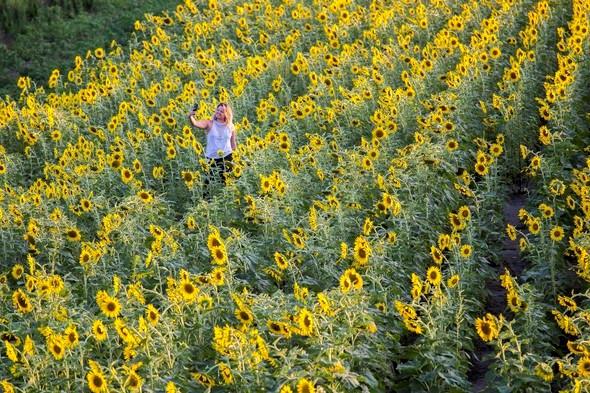
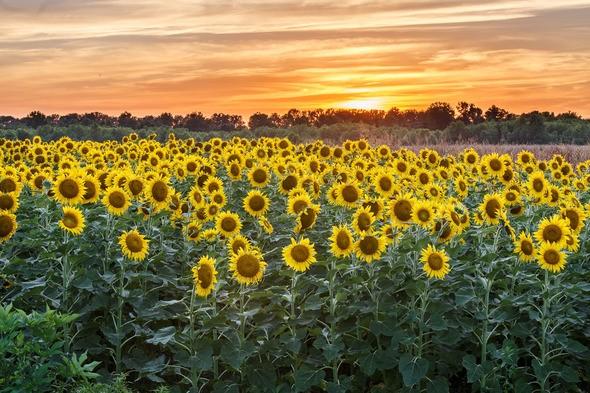
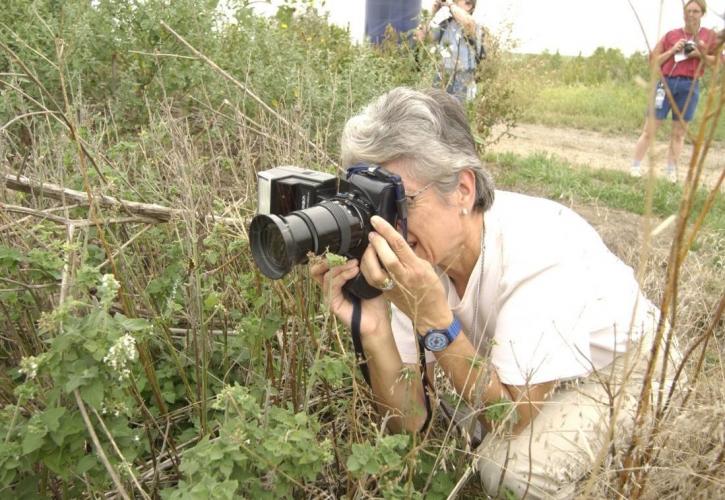
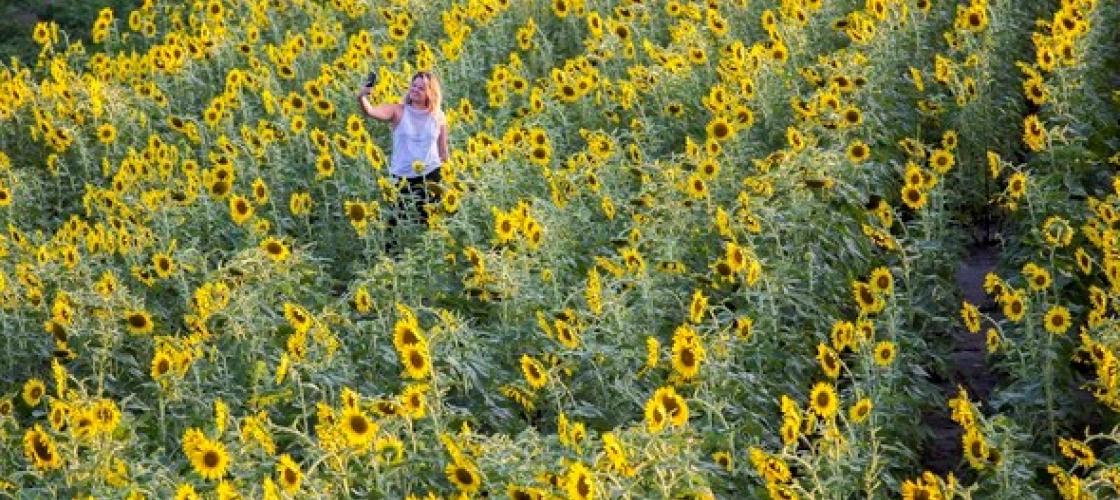

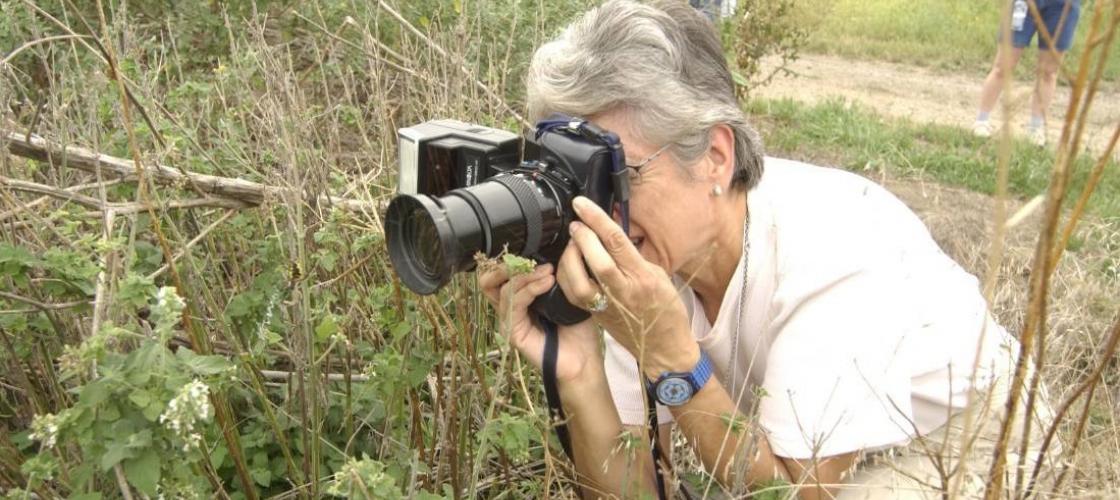
Recent Posts
























